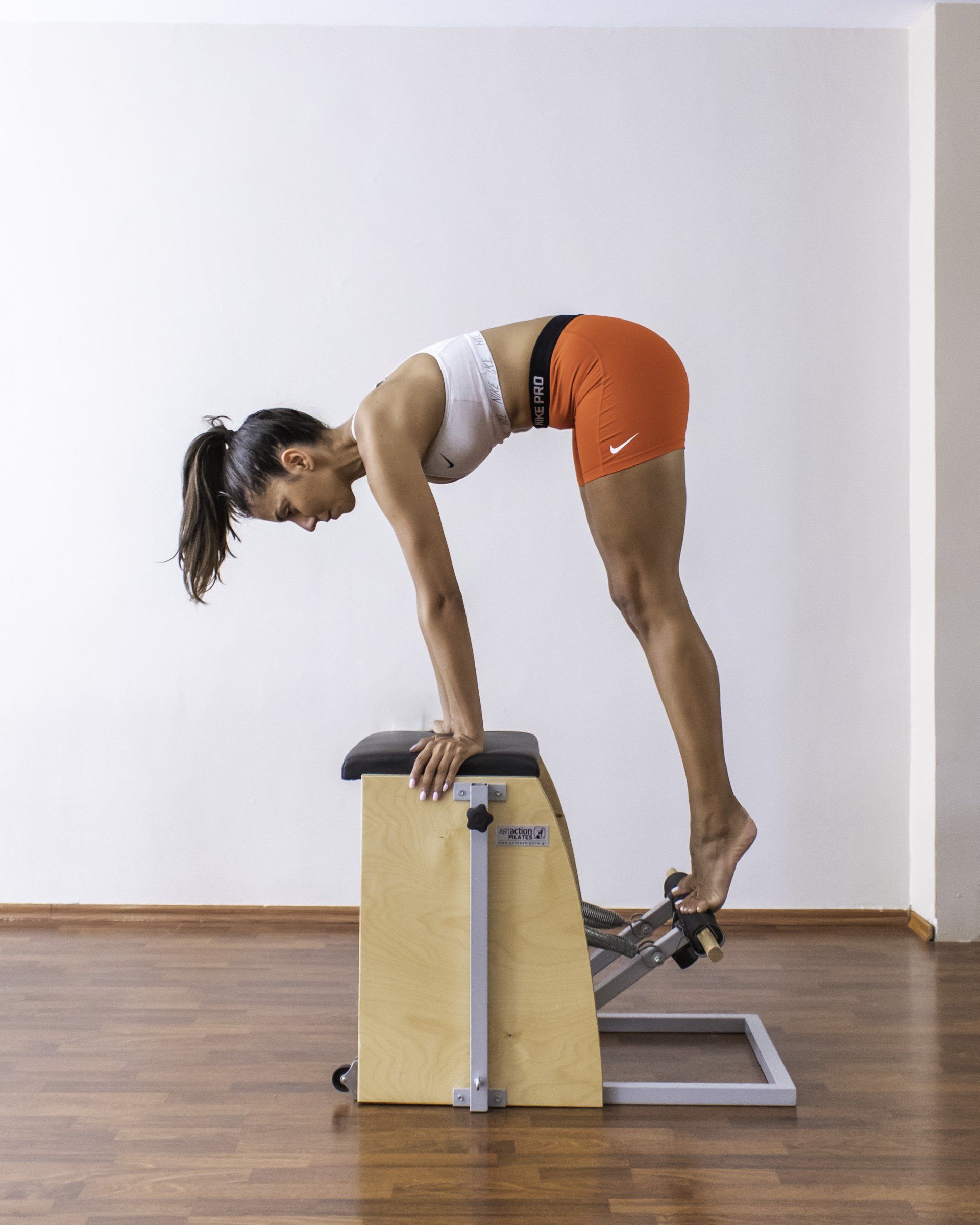Diastasis Recti
What is Diastasis Recti?
Diastasis recti is a common condition in pregnant and postpartum woman. It is the separation of the rectus abdominis muscles during and after pregnancy. The rectus abdominis runs vertically along the front of your stomach. It's commonly referred to as someone's "six-pack abs." It's divided into left and right sides by a band of tissue called the linea alba that runs down the middle. As your uterus and belly expands during pregnancy, the abdominals are stretched and the linea alba thins and pulls apart. This band of tissue gets wider as it's pushed outward. This separation is completely natural and healthy and once you deliver your baby, the linea alba can heal and come back together. However, some women experience too much stretching of the linea alba, creating a significant gap between the rectus abdominis that doesn’t heal as easily and does need some help. This is called a diastasis recti.
If you have diastasis, your belly may appear to stick out just above or below the belly button, making you appear pregnant months or even years after giving birth. This is often called “Mummy tummy or pooch”
How common is diastasis recti?
Diastasis recti is extremely common in those who are pregnant and during the postpartum period. It usually develops in the third trimester as there is increased pressure on the abdominal wall because the baby is growing quickly during this time. Most people don't notice diastasis recti until the postpartum period.
It affects 60% of people but usually resolves itself within eight weeks of delivery. About 40% of those who have diastasis recti still have it by six months postpartum and need some specific exercises to correct it
What are the symptoms of diastasis recti?
One of the most common signs of diastasis recti is a bulge in your midsection that doesn't go away, even after exercising or losing the weight gained during pregnancy. Another sign is that your belly cones or domes when you lean back on a chair or get up out of bed. You can check for diastasis recti on your own, but it is always a good idea to speak with your doctor about your symptoms.
Common signs of diastasis recti during the postpartum period are:
- A visible bulge or "pooch" that protrudes just above or below the belly button
- Softness or jelly-like feeling around your belly button
- Coning or doming when you contract your ab muscles
- Difficulty lifting objects, walking or performing everyday tasks
- Pain during sex
- Pelvic or hip pain
- Lower back pain
- Poor posture
- Urine leaking when you sneeze or cough
- Constipation
- Feeling weak in your abdominals
- Sensation of bloating without the bloat
- Constipation & bloating
How to Self-Check
If you think you may have a diastasis recti you can check yourself at home
- Start by lying down on your back with your knees bent and your feet flat on the floor.
- Gently push two fingers into the middle of your abdominal wall at your belly button, with your fingers pointing toward your legs.
- With one hand under your head for support, lift your head and shoulders just off the floor.
- Wiggle your fingers to feel for a space between your abdominals (width) Repeat a few inches above the belly button and a few inches below (checking for length) Then measure how shallow or deep you can sink your fingers (depth)
Normal = less than two fingers of separation and firm, shallow space where your fingers can't sink in too deep.
Diastasis recti = You’ll feel a separation greater than two finger-widths and feel a deep space that your fingers can sink into. The wider the gap, the larger the separation of these two muscles.
What are the best exercises for diastasis recti?
The best exercises for diastasis recti are those that engage the deep abdominals and pelvic floor. Most diastasis recti exercises involve specific breathing and slow, controlled movements.
The best way to prevent diastasis recti during pregnancy or to correct it postpartum is to strengthen your Inner core muscles.
- Pelvic Floor
- Transverse abdominis muscles (TVA) The TVA is the deepest abdominal muscle that wraps around your belly like a corset
- Multifidus
- Diaphragm
One of the easiest and most effective ways to strengthen your Inner core muscles is through Diaphragmatic breathing with Inner core activation.
Here’s how…
Inhale through your nose, breathing laterally into the sides and back of the ribcage, you may feel the belly expand slightly. Exhale through your mouth making an Ssss sound and lift up your pelvic floor. Keep the Ssss exhale and draw your hips bones towards each other and wrap your abdominals in from the spine to the front of the torso. With the last part of your Ssss exhale knit your ribcage together. You should feel your belly tighten like a corset. Inhale, release and soften right down the lengthen of spine into the pelvic floor
Do this slowly, gently, and steadily. Never forcing the belly out or sucking it in. We want to use our pelvic floor and Inner core muscles to create the movement
What movements make diastasis recti worse?
Any movement that bulges the abdominal wall forward can cause more damage to your diastasis recti. Everyday movements like getting out of bed or up off a chair can worsen diastasis. Try to be careful about how you are using your abdominals as you go about your day.
Avoid these movements as it can make your diastasis recti worse:
- Crunches or sit ups. Any movements where you lift your head and shoulders up off the floor
- Planks or push-ups (unless using modifications).
- Heavy lifting
- Double leg lifts, scissors and other straight leg ab work
- Any exercise that causes your abdominals to bulge, cone or dome.
How do I prevent diastasis recti when Pregnant?
Some abdominal separation is normal and expected with pregnancy. There are some things you can do to lower your risk for developing diastasis recti:
- Healthy weight gain during pregnancy: Exercising and eating healthy foods to keep weight gain within a healthy range.
- Proper posture and deep breathing: Stand up straight with your shoulders back. Take deep breaths that allow your ribs to expand and not just your belly.
- Do Safe core exercises: Avoid exercises like sit-ups and crunches that put pressure on your abdominals after the first trimester
- Don't strain while lifting: Activities like lifting grocery bags or your children can put strain on your abdominals. Make sure you use your core correctly and use your legs to help lift when needed
- Log roll when getting out of bed: Instead of sitting straight up, roll to one side and use your arms to push up out of bed.
- Avoid excessive extension like backbends, these exercises can cause the separation to worsen as it opens the gap in the abdominals further.
- Focus more on hinging forward rather than curling forward
Is it too late to fix my diastasis recti?
It's never too late to repair your diastasis recti. With the proper exercises, you can fix your abdominal separation years after you've delivered your last baby.
Are there complications from diastasis recti?
If left untreated or in severe cases of diastasis recti, complications can include:
- Umbilical hernia
- Increase in back pain
- Pain during sex
- Urinary incontinence
- Pelvic and hip pain
- Reduced trunk stability and mobility
- Damage to your posture
- Pelvic floor dysfunction




